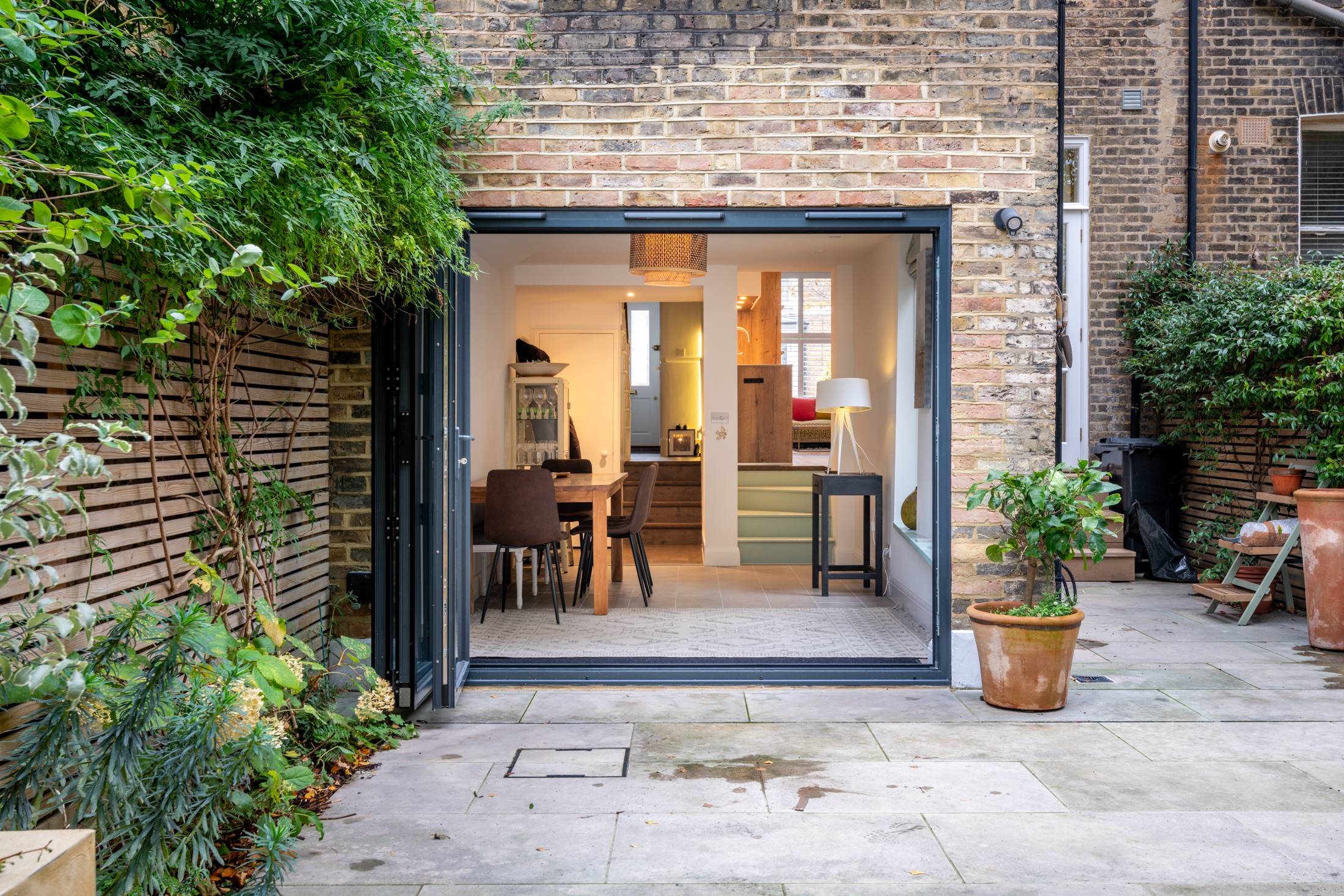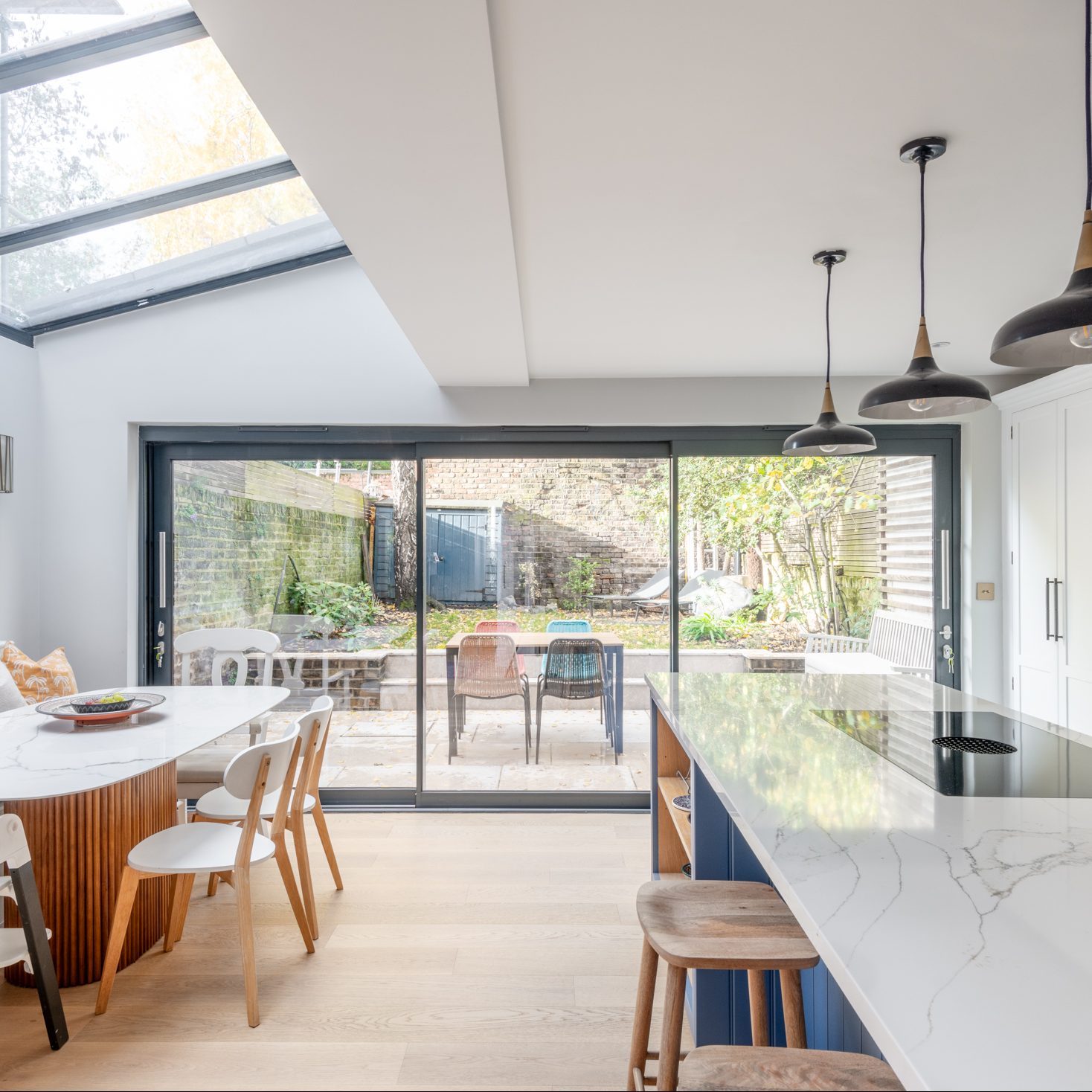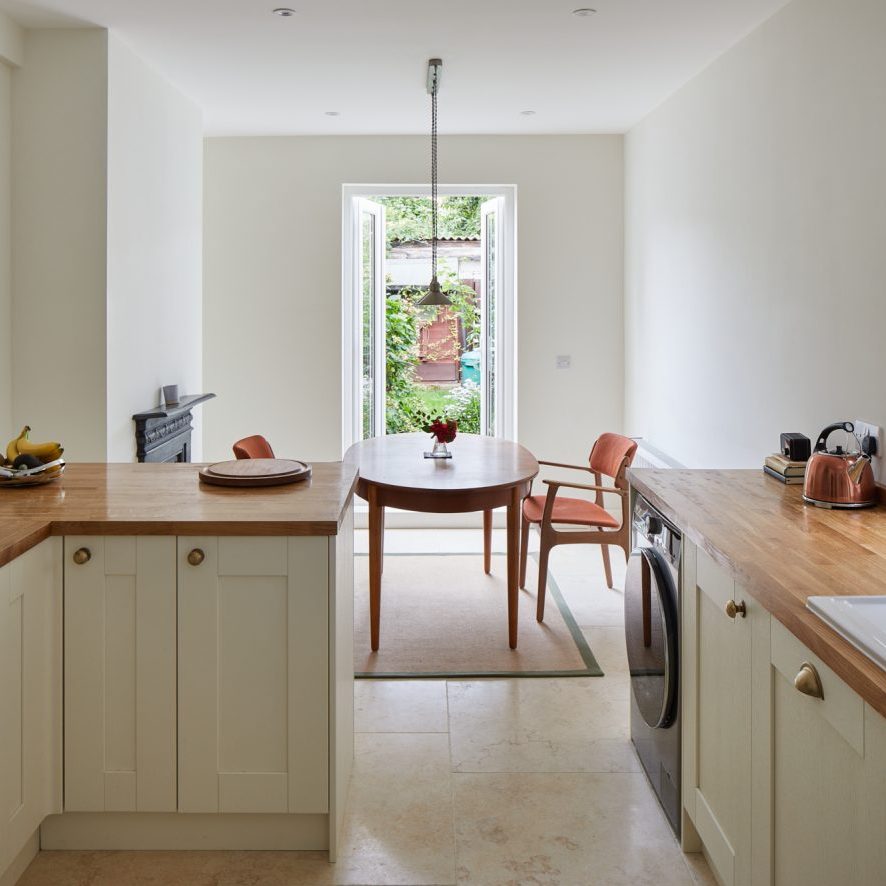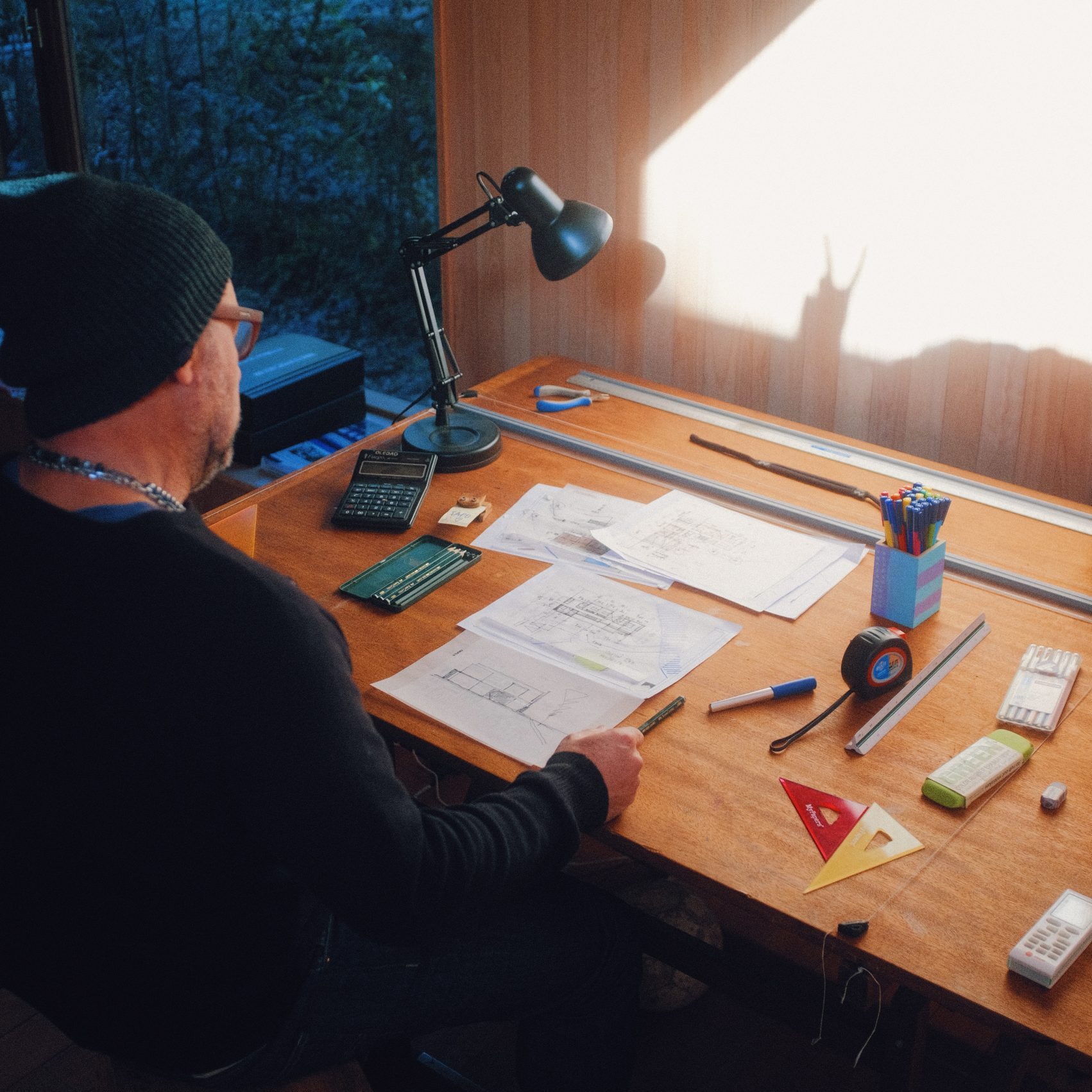The Ultimate Guide to Calculating Costs on a Kitchen Extension
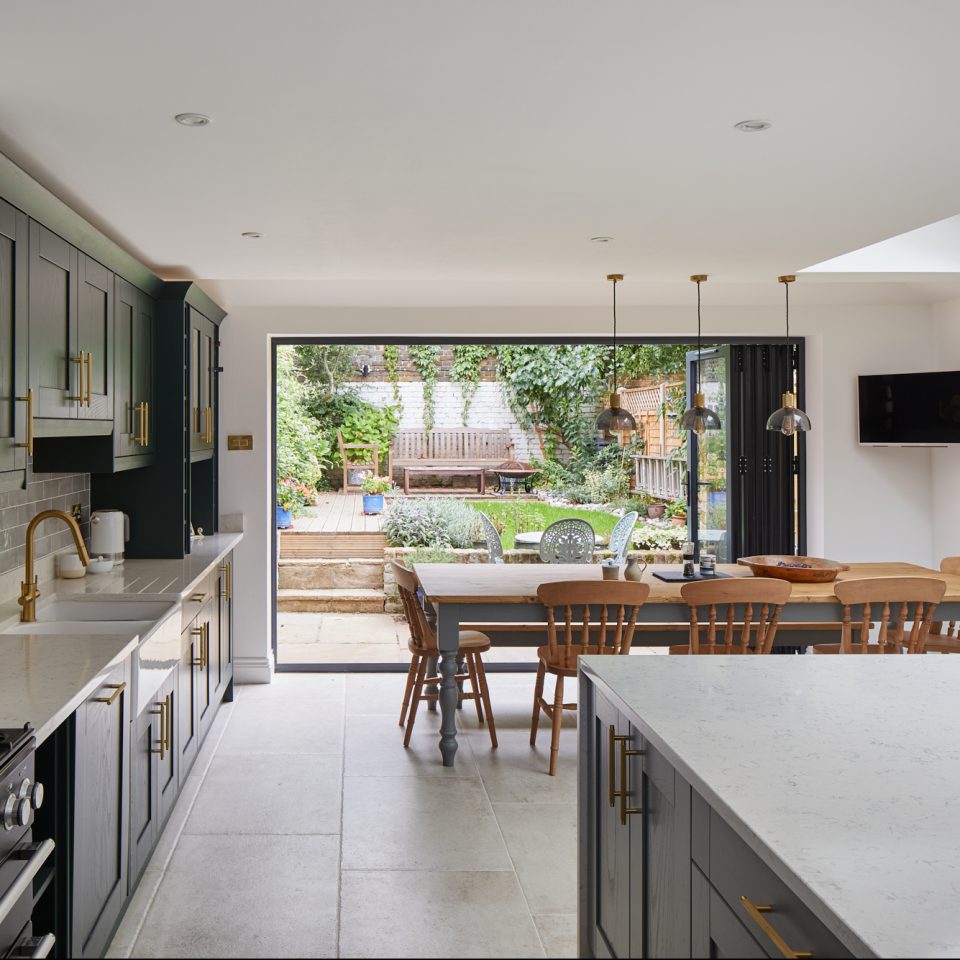
Introduction
Welcome to “The Ultimate Guide to Calculating Costs on a Kitchen Extension,” where we bring homeowners in London a comprehensive roadmap to making informed decisions about their home improvement projects. I’m Harry Molyneux, the Director of My-architect, an architectural startup in London, and I’m thrilled to be your guide on this journey.
If you’re a homeowner contemplating a kitchen extension, you’re about to embark on an exciting adventure that promises to enhance your living space and potentially increase the value of your property. However, to ensure your project unfolds smoothly and within budget, it’s essential to master the art of cost calculation and financial planning.
In this article, we’ll provide you with valuable insights, tips, and strategies to navigate the intricacies of budgeting for your kitchen extension project. We’ll delve deep into various aspects, including the costs of materials, labor, permits, and unforeseen contingencies.
Throughout our guide, we’ll draw upon the expertise shared in articles such as “Mastering Budget Management in Extensions” and “The Financial Blueprint of Successful Extensions,” offering you a well-rounded perspective on the financial aspects of your project.
The True Value of Kitchen Extensions
Homeowners embark on kitchen extensions for a variety of reasons. Some are looking at a short-term investment, looking to eek out every penny from the project, whilst others see the property as their forever home and are happy to invest more in the details. Most people sit somewhere between these two ends of the investment spectrum.
So, before embarking on your journey take time to think through what you want to get out of the investment. It’s easy to become immersed in the figures, focusing solely on the costs and potential return on investment – nobody wants a project to run over budget and at least break even on their investment. However, it’s essential to recognise that the value of a kitchen extension extends far beyond the financial aspect.
A kitchen extension can revolutionise your daily life. It creates a versatile, spacious, and inviting hub where family and friends gather, where culinary creativity flourishes, and where cherished memories are made. It’s a place where you can enjoy the morning sunshine with your coffee or host delightful dinner parties under the warm glow of pendant lights.
Moreover, a thoughtfully designed kitchen extension has the potential to significantly boost the value of your property. It can make your home more appealing to potential buyers, increase its market value, and even set your property apart in a competitive real estate market. For a deeper dive into this topic, be sure to reference our article, “Beyond Numbers: The True Value of Kitchen Extensions.“
Initial Planning
Before diving headfirst into a home extension project, effective initial planning is paramount. By understanding the costs associated with similar projects, seeking professional advice, and creating a realistic budget forecast, you can embark on your home improvement journey with clarity and confidence.
1. Analysing similar projects in the area:
- Research Local Extensions: Begin by looking into houses in your neighborhood or nearby areas that have recently undergone extensions similar to what you’re considering. This can provide a ballpark figure of potential costs.
- Visit Local Authority Websites: Many local authorities offer data on approved building permits, which can be a resource for understanding the scope and costs of local projects.
- Speak to Neighbors: If comfortable, ask neighbors about their experiences, especially regarding unforeseen costs or challenges they encountered.
2. Speaking with a professional:
- Consult an Architect or Designer: These professionals can provide insights into what’s feasible for your home, ensuring your vision aligns with structural and zoning constraints.
- Hire a Quantity Surveyor: A quantity surveyor specializes in construction cost estimation. They can break down the costs of materials, labor, and other expenses to give you a detailed budget.
- Attend Home Shows or Workshops: These events often feature experts who can provide advice and might even give free initial consultations.
3. How to make a budget forecast:
- List All Expected Costs: Start by listing all potential expenses such as materials, labor, permits, and professional fees. Don’t forget to factor in costs like utility adjustments or temporary accommodations if needed.
- Add a Contingency: Always add a contingency of at least 10-20% to cover unforeseen costs. It’s better to overestimate and be pleasantly surprised than to find yourself short.
- Regularly Update Your Forecast: As the project progresses, you’ll get a clearer picture of the actual costs. Regularly revisit and adjust your budget forecast to ensure you remain on track.
Breaking Down the Major Costs
When embarking on a kitchen extension in the heart of London, understanding the primary cost components is essential to avoid any unpleasant financial surprises. A summary of the important expenses are as follows:
Construction and Labour:
One of the most significant costs you’ll face when extending your kitchen relates to construction and labour. Labour costs can vary widely, and much of this discrepancy is rooted in the difference between employing skilled and unskilled workers.
- Skilled vs. Unskilled Workers:
- Skilled Workers: These are individuals trained in specific trades, such as plumbers, electricians, and joiners. Their expertise often warrants a higher hourly rate, but the proficiency and quality they bring to the job can save money in the long run by minimising errors and ensuring the work is done right the first time.
- Unskilled Workers: Although the term “unskilled” might sound derogatory, these workers play a vital role in the construction process. They assist with basic tasks and don’t require specialised training. As a result, their hourly rates are usually lower.
Generally one of the main reasons some builders are able to charge cheaper rates is they use unskilled labour for services which require skilled labour. If you have a project that’s close to being finished and you’re already discovering problems, there’s a good chance the contractor has used unskilled labour for the entirety of the project.
That being said, as a general rule for calculating the build costs for a home extension we work on the following per m2 calculations:
Extension costs: £2500-£4000. Refurb costs: £750-£1500. These prices exclude VAT and big ticket items like kitchens, bathrooms, external doors and windows, floor finishes and radiators.
For a deeper dive into these costs, consult the articles: Decoding Labour Costs: How to Budget Efficiently and Understanding Labour Costs: Skilled vs. Unskilled Workers.
Materials and Finishes:
Materials can constitute a substantial portion of your budget. When choosing them, it’s pivotal to consider not just the initial price but also the longevity and aesthetic appeal.
- Choosing Quality Over Quantity:
- Investing in premium materials may seem daunting initially due to the higher upfront cost. However, in the long run, they often prove more cost-effective. Quality finishes can withstand wear and tear, require less maintenance, and can elevate the overall value and appeal of your home.
- This of course depends on the final purpose of the property. If it’s your forever home, spending more on appliances and finishes is perhaps a more worthwhile investment. But if you’re looking to rent or sell, saving on materials and finishes will clearly affect your bottom line.
- Finally it’s important to remember that you don’t have to splurge money all over the place. It’s often best practice to choose two or three of your favourite areas – like the kitchen, family bathroom and living room, where you want to spend most of your money on making those spaces look and feel wonderful, then save money money decorating the rest of the house with a basic finish.
For a comprehensive perspective on investing in high-quality materials, refer to: The Importance of Quality Over Quantity: Investing in Premium Home Finishes.
Kitchen Fittings and Appliances:
The heart of your kitchen lies in its fittings and appliances. These elements dictate the functionality, appearance, and energy efficiency of your space.
- Investing Smartly:
- It’s tempting to opt for the latest and most luxurious appliances. However, it’s vital to assess what you genuinely need and what aligns with your budget. Sometimes, mid-range appliances offer comparable performance to their high-end counterparts at a fraction of the cost.
- Trends and Costs:
- Kitchen design trends evolve, but not all are fleeting. Some modern fittings, like touchless faucets or induction cooktops, offer both style and enhanced functionality.
- Stay informed about the latest trends and their associated costs. While some trends are worth the investment, others might be more about aesthetics than functionality.
For insights on smart investments in kitchen fittings and the latest trends, look into the articles: Investing Smartly in Kitchen Fittings and Appliances.
Contingencies: Preparing for the Unpredictable
While meticulous planning is crucial when undertaking a kitchen extension, it’s equally vital to prepare for unforeseen events. The world of construction and home improvements is riddled with unpredictable scenarios, and building contingencies into your budget is paramount to ensure a smooth project progression.
Why Contingencies Matter:
Contingencies are, essentially, a financial safety net. By setting aside a portion of your budget—typically 10% to 20%—you’re equipping yourself to handle unexpected expenses without straining your funds.
- Benefits of Planning for Contingencies:
- Flexibility: Sudden changes or unexpected requirements can be accommodated without compromising the project or resorting to last-minute loans.
- Peace of Mind: Knowing there’s a financial buffer can alleviate stress and allow you to make more informed decisions should complications arise.
- Project Continuity: With a contingency in place, unplanned events won’t halt the project, ensuring smoother execution and timely completion.
Navigating Unexpected Challenges:
Every renovation project, no matter how well-planned, can encounter unexpected challenges. This might range from structural issues uncovered during construction to sudden price hikes in materials or even changes in planning permissions.
- Strategies for Overcoming Challenges:
- Stay Informed: Regularly communicate with your contractors and architects.
- Be Adaptable: Flexibility can mean the difference between a minor setback and a major hindrance.
- Seek Expertise: When in doubt, consult the experts. They’ll provide guidance based on experience and industry knowledge.
My-architect’s fool-proof pre-construction plan to ensure your project avoids as many nasty surprises as possible:
- The stage during which most issues are revealed is the demolition. This is when all of the opening up work takes place, and when the vast majority of costly problems become apparent.
- We always advise our Clients to take time between choosing a contractor and formally starting demolitions to have a period of opening-up works to check for any nasty surprises. This includes but is not limited to:
- CCTV drainage survey to understand any manholes connect to public sewers
- Opening up of areas where load baring walls are being removed to check if the structural engineers drawings need changing
- Double check all on-site dimensions
- Check any planning conditions with the design team
For a more in-depth exploration of the significance of contingencies and strategies to navigate unexpected events, refer to the articles: The Unpredictable Nature of Building: Why Contingencies Matter and Navigating the Unexpected: Challenges in Home Extensions.
Timing and Project Management
Effective project management is at the heart of every successful kitchen extension. The decision of who manages your project will invariably influence its timeline, budget, and quality. By aligning project management with apt timing, you pave the way for an extension that not only meets but possibly exceeds your expectations.
Choosing Who to Manage Your Project:
The individual or team steering the helm of your project can drastically alter its trajectory. Let’s explore the key players you might consider:
- Architect:
- Role: An architect transforms your vision into a tangible design and often oversees the structural and aesthetic aspects of the project.
- Advantages: Comprehensive understanding of design, aesthetics, and structure. They ensure that the extension seamlessly integrates with the existing structure.
- Considerations: While highly skilled in design, they might not have the intricate day-to-day management skills a dedicated project manager possesses.
- Project Manager:
- Role: Orchestrates every facet of the project, from sourcing materials to coordinating labour schedules.
- Advantages: Detailed organisational skills, adept at budgeting, and skilled in navigating unforeseen challenges.
- Considerations: They might not be deeply involved in the design aspect unless paired with an architect.
- Builder:
- Role: Primarily responsible for the construction process.
- Advantages: Hands-on experience with construction challenges, often has a network of trusted tradespeople.
- Considerations: Their expertise is mainly focused on construction, so you may need additional guidance on design or overall project orchestration.
- You, the Homeowner:
- Role: Taking the reins of the project yourself.
- Advantages: Maximum control and potential cost savings.
- Considerations: Requires time, effort, and a steep learning curve. Potential for oversights without professional expertise.
What Should I Expect to Spend on Project Management
- Typically, project management costs range from 10% to 15% of the overall project budget.
- Factors influencing these costs include the project’s complexity, the chosen manager’s experience, and the geographical location (London, for instance, might incur higher fees).
For a detailed breakdown, consult The Financial Blueprint of Successful Extensions.
What Services are Covered by Project Management?
- Planning & Design Oversight: Ensuring the project aligns with the initial design and making necessary adjustments.
- Budget Management: Tracking expenses, negotiating with suppliers, and ensuring the project stays within financial bounds.
- Scheduling: Coordinating tasks, tradespeople, and ensuring timely completion.
- Quality Control: Overseeing the quality of work, materials, and ensuring compliance with standards.
- Risk Management: Identifying potential challenges and formulating strategies to mitigate them.
The Advantages of a Well-Timed Project:
- Cost-Efficiency: Aligning tasks and purchases to take advantage of discounts, sales, and off-peak periods can lead to savings.
- Quality Assurance: A well-spaced project ensures no step is rushed, leading to superior workmanship.
- Reduced Stress: Predictable timelines and clear milestones reduce uncertainties and homeowner anxiety.
- Enhanced Flexibility: A well-orchestrated timeline leaves room for necessary adjustments without major disruptions.
In the grand scheme of your kitchen extension, the intertwining of expert project management with impeccable timing is crucial. By making an informed decision on who oversees your project and ensuring each phase is well-timed, you’re setting the foundation for a renovation that’s streamlined, cost-effective, and of the highest quality.
Navigating the intricate journey of a kitchen extension is no small feat. At the heart of every successful project lies meticulous research, detailed planning, and a keen understanding of costs. The dedication to these pillars ensures that homeowners are well-equipped to make informed decisions at every turn.
It’s essential to recognise that a kitchen extension is not merely a financial endeavour but also an emotional one. This space, once transformed, will bear witness to countless memories, family gatherings, and moments of joy. It’s a tangible reflection of your aspirations, tastes, and the life you envisage within those walls. Thus, while it’s crucial to be prudent with budgets and costs, it’s equally vital to invest heart and soul.
For homeowners in London and beyond, a kitchen extension is more than just added square footage; it’s an expansion of one’s lifestyle, a melding of dreams with reality. So, as you embark on this transformative journey, let your vision be guided by both the head and the heart, ensuring that the end result is a harmonious blend of practicality, aesthetics, and sentiment.
In essence, invest wisely, plan diligently, and remember that the true value of a kitchen extension transcends the tangible; it’s an investment in your future and the backdrop to your life’s cherished moments.

